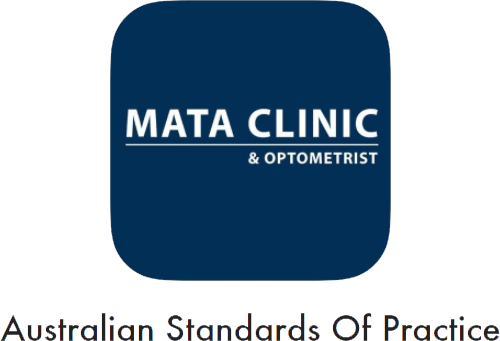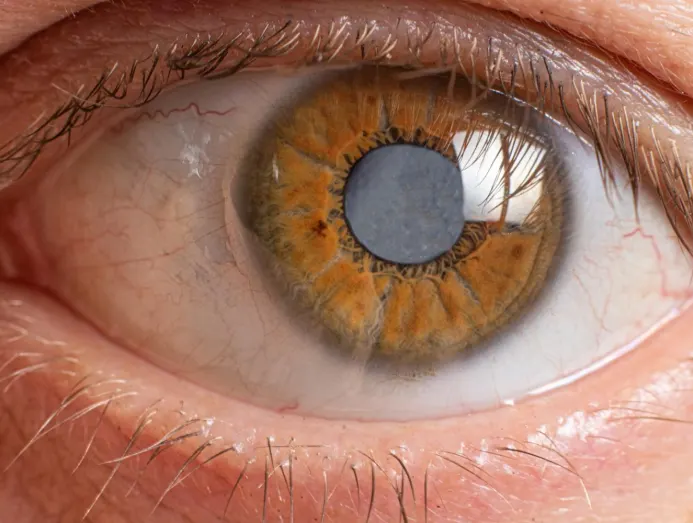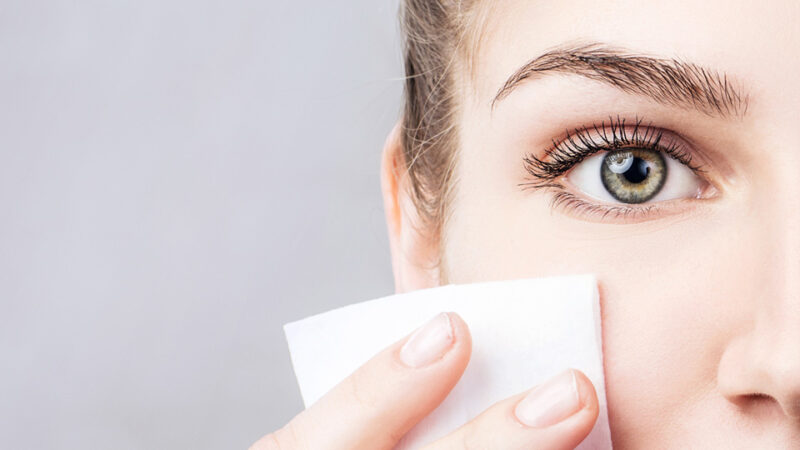Contact lens consultation and fitting involve a series of special tests. The contact lens is worn on the cornea (a clear outer layer of eyes that covers the coloured part). Wearing a contact lens may reduce the amount of oxygen getting into the cornea. The eye health may be affected over time, leaving permanent damage without early intervention.
Among corneal health problems related to contact lens are allergies to proteins or lipid deposits on lenses and contact lens solutions. Due to allergic reactions, you may feel itchy and foreign body sensations in the eyelid. It is because of the bumps that appear underneath the eyelid. The condition is called giant papillary conjunctivitis. Improper contact lens fitting may also cause scratches on the cornea, called a corneal abrasion. Besides, you may have red, irritated eyes due to dry eyes, improper fitting of lens or allergy to contact lens solution. Inflammation and infection of the cornea may also occur. Wearing a contact lens can aggravate existing dry eyes symptoms because of reduced tear exchange underneath the lenses. The excessive wearing duration may cause the growth of new blood vessels on the cornea.
Contact lens wearer should take note of the following symptoms: irritated eyes, red eyes, worsening pain in or around the eyes, light sensitivity, sudden blurry vision and watery eyes. If you have any symptoms above, remove your contact lens. If the symptoms last for a few hours or get worse, do visit the eye care professional for an eye exam to prevent harm to your eyes. The eye exam and proper fitting of contact lens are important to check on how it affects corneal health. The aftercare and follow-up examinations are checking for any adjustment of the type, fit and prescription. You will also be explained about the proper technique of contact lens handling, insertion, removal, cleaning and care.
In short, contact lens wearers are recommended to have an eye exam with the eye care professional annually to monitor their eye health and vision. The main concern is to preserve the vision and quality of life by preventing contact lens-related corneal health problems.






Recent Comments